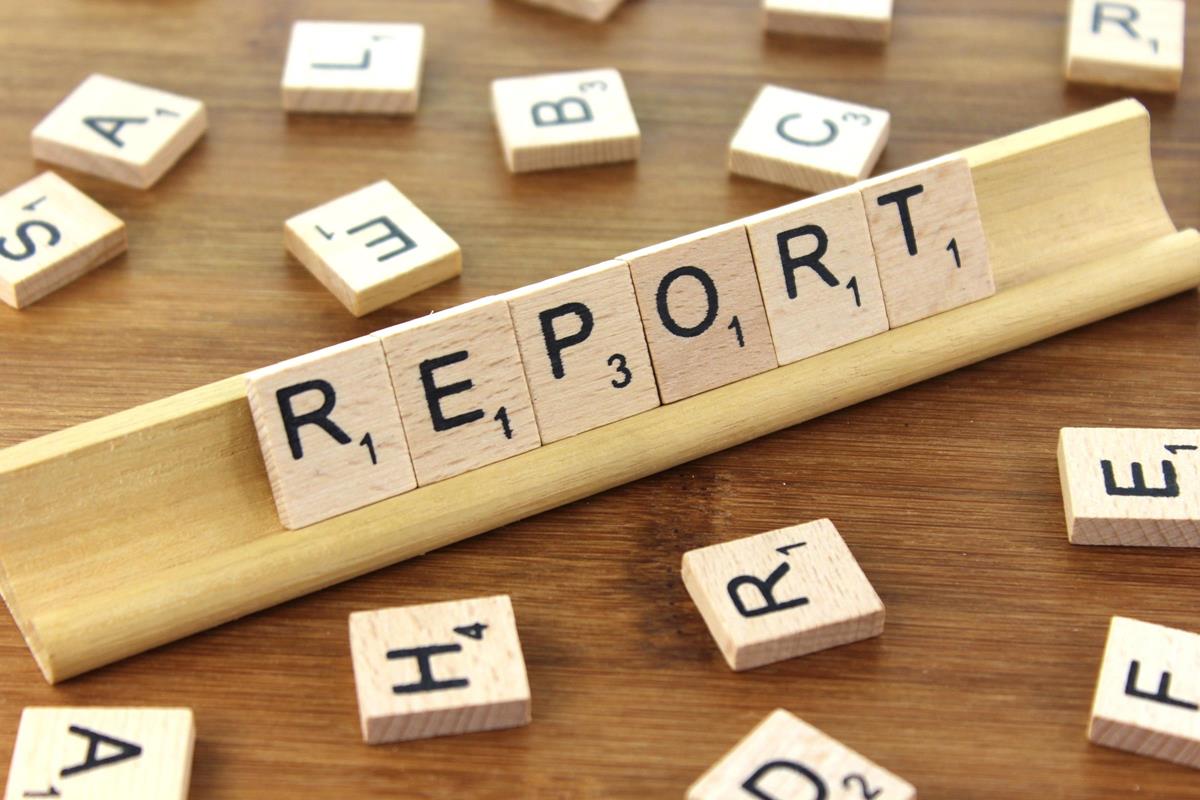2017/18 has been another successful year for the Society, with a good, varied programme of talks and other activities.
Membership and Attendance
Membership remains hardly changed from last session at 106. A few new members compensate for the few who have left the Society, and so we continue to attract new blood. Attendance for our meetings continues to be very healthy, with three talks this session exceeding 50. Guests feature regularly, usually in low single figures, but occasionally more (14 in March and 10 in April). The average turnout of members for the session was 40.3.
Programme
In our usual pattern, we organized 7 talks, one per month from September to April, with our usual Members’ Night in December. The session concluded with an outing to Paxton House in May.
Our programme began on 07 September with a talk by Dr Andrew Millard of Durham University on the exhumation and study of the remains of Scottish prisoners taken at the Battle of Dunbar, and transported south to Durham on Cromwell’s orders. On a much lighter note in October, Ailsa Fortune, a local author, gave an entertaining presentation on the development and history of North Berwick Ladies Golf Club, registering on the way the great and the good who could be seen on the course in the interwar years. Margot Asquith’s was a very decided and regular presence during much of that period, and Nancy Astor was also seen around. The November talk by Craig Statham of the National Library of Scotland concerned historical maps of the Lothians and Edinburgh, and the online maps archive, to which he introduced us via the Town House WiFi set-up. Members’ Night concluded 2017 with short presentations on the origins of the fountain in Haddington’s Court Street, on Scottish wedding traditions from oral histories, and David Elder’s photographic quiz on historic houses of East Lothian. In January 2018 Helen Robertson’s ‘Kings Yard’ ranged through the detailed archival research she has undertaken, providing insight into the growing evidence for a medieval royal residence in the vicinity of the Pleasance in Haddington. February saw Arran Johnston of the Scottish Battlefields Trust provide a detailed modern analysis of the Battle of Prestonpans and, in March, Dr Hanita Richie from Haddington’s John Gray Centre, explored the life and achievements of Catherine Blair, founder of the SWRI. Our final talk in April concerned the role of the Lady of the medieval castle, with examples from East Lothian and elsewhere, entertainingly presented by Chris Tabraham, formerly Principal Historian with Historic Scotland. The outing to Paxton House was well supported, with 18 members guided on the general tour of the house and some afterwards taking advantage of the fine weather to explore the grounds.
Other Activities
Work on the Scotland’s Urban Past project has continued this year, and David Haire continues to develop the East Lothian at War website.
A number of Members have volunteered as interviewers for another project set up this year by the European Ethnology Research Centre, University of Edinburgh: East Lothian and Borders: A Regional Ethnology. In addition, written materials will be contributed, as will interviews recorded from Nungate residents as part of the urban past project mentioned above.
We are much involved in the Haddington 700 celebrations, which will run throughout 2018. The inaugural talk on Robert the Bruce held at St Mary’s Church in January had several of the committee involved, with the HHS convenor as Chairman. The Society has also been working with the East Lothian Antiquarian and Field Naturalists Society to set up and run the annual one day September conference which, this year, is very much on the theme of Haddington, highlighting the confirmation Charter of Robert the Bruce,1318, and the history and development of the town over the 700 years since.
The Society has also produced an up to date text for a new Haddington self-guided tour booklet, which we hope to see published later in the year.
A very ambitious project to prepare a virtual plan of the town, as it was during and after the siege of 1548/49, is under way under the academic leadership of Jon Cooper, a battlefield archaeologist. Society members are much involved in the initial researches into buildings and other documented sites of 16th century Haddington.
Finally, much work has been done in cooperation with the John Gray Centre to set up an exhibition of the works of Dorothea Nimmo-Smith later this year. Working mainly in water colour, among other art works, Dorothea produced a large number of paintings of buildings and street scenes from Haddington as it was in the late 1940s and the1950s. The Society has been involved in selecting suitable examples of her work, and photographing the same scenes as they appear today so that each original artwork and photograph can be set side by side in a ‘then and now’ display.
In conclusion, the Society continues to be very active, with a diverse programme of local history activities. We are clearly heavily committed this year, and shall be for some time to come!
Peter Ramage
Convenor
May 2018
